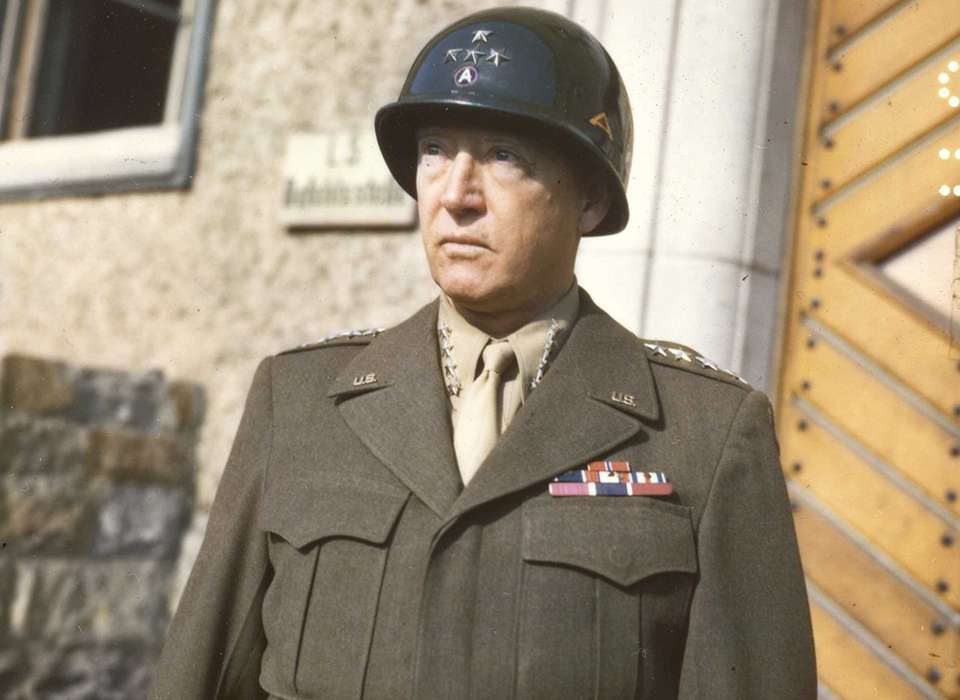
[1 of 4]
#TDIDCH: Dec 21, 1945 – The Death of An American Legend.
George Patton long felt he deserved to die in battle, alongside the men he led. Instead, his death at age 60 came in a relatively minor auto accident.
#TDIDCH: Dec 21, 1945 – The Death of An American Legend.
George Patton long felt he deserved to die in battle, alongside the men he led. Instead, his death at age 60 came in a relatively minor auto accident.

[2 of 4]
12 days prior, Dec 9, 1945, Patton was sitting in the back of his car when his driver, PFC Horace Woodring [pictured], sped over a railroad crossing in Manheim, Germany, plowing into a left-turning Army truck. Patton broke his neck & was paralyzed. No one else was hurt.
12 days prior, Dec 9, 1945, Patton was sitting in the back of his car when his driver, PFC Horace Woodring [pictured], sped over a railroad crossing in Manheim, Germany, plowing into a left-turning Army truck. Patton broke his neck & was paralyzed. No one else was hurt.

[3 of 4]
Inside this hospital, doctors treated the Great General. For days, they prepared Patton for a flight back to the US. Before he could leave, however, a blood clot stopped his heart, killing him 76 years ago today.
Inside this hospital, doctors treated the Great General. For days, they prepared Patton for a flight back to the US. Before he could leave, however, a blood clot stopped his heart, killing him 76 years ago today.

[END]
Two days later, Old Blood and Guts was buried in the American Cemetery in Hamm, Luxembourg. Patton lies alongside many of his Third Army soldiers killed during the Battle of the Bulge.
Two days later, Old Blood and Guts was buried in the American Cemetery in Hamm, Luxembourg. Patton lies alongside many of his Third Army soldiers killed during the Battle of the Bulge.

• • •
Missing some Tweet in this thread? You can try to
force a refresh





















